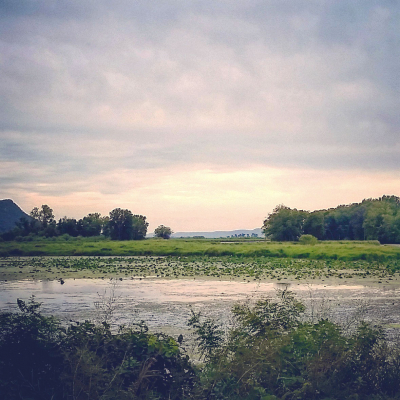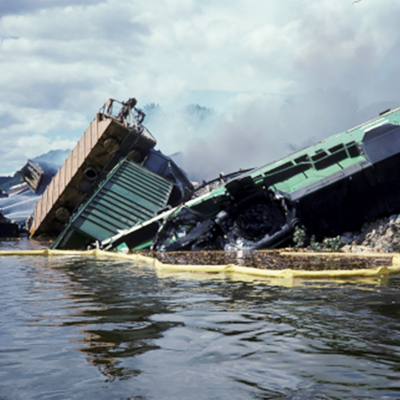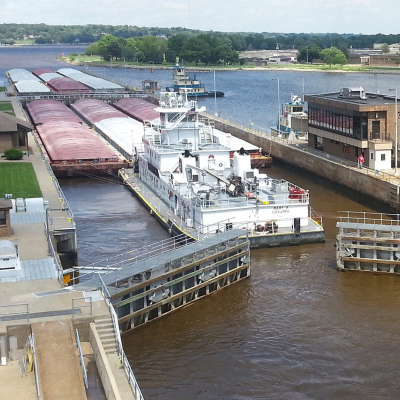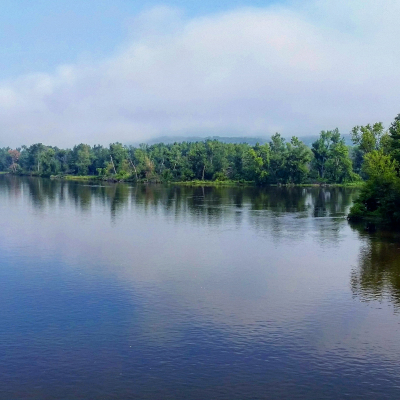UMRBA established a Water Quality Initiative in 1992 in order to design a regional, integrated water quality protection strategy with goals and objectives for future action. The Initiative focused on two primary issues: sedimentation and toxic pollution. UMRBA's initial strategies were to establish quantifiable reduction goals and identify and prioritize sources of pollution to target for reduction measures.
As a first step, UMRBA hosted two regional workshops in February 1993 focused on sedimentation and on toxic pollution. UMRBA concluded that sediment delivery rates, erosion rates, accumulation rates, sediment contamination is largely unknown and that establishing reasonable management goals would require an iterative process.
UMRBA set PCBs and chlordane as priority toxic substances due to human health concerns (fish consumption) and atrazine and nitrate because of risk posed to drinking water. Dieldrin may have surpassed chlordane if the states had adopted USEPA’s risk assessment methods for evaluating fish contaminant data. UMRBA set the following strategies:
- Reach agreement on a critical list of toxic pollutants and prioritize that list.
- Set quantifiable toxic pollutant reduction goals.
- Prioritize those areas and sources to target for toxic pollutant reduction.
- Refine and coordinate monitoring as necessary to support development, implementation, and evaluation of efforts to prevent, reduce, and control toxic pollution.
- Coordinate, integrate, and focus existing programs in order to maximize their contribution to the prevention, reduction, and control of toxic pollution in the river.
- Gain agreement among public agencies, industry, agriculture, environmental groups, and other interested parties on how to implement toxic pollution reduction in the targeted areas. This might include coordination of existing programs as well as new initiatives.
- Conduct a public information and education campaign. This will be an on-going effort throughout the planning phase and will be tailored to the demands of each step. It will also be coordinated with the outreach and education efforts related to the sedimentation component of the initiative.
UMRBA also recognized that significant, dedicated resources and effort are required to proceed further to effectively a water pollution control strategy. While there are a number of federal-level opportunities for support that could be pursued (e.g., CWA reauthorization, farm bill), federal support is not likely to be forthcoming absent a strong expression of state support. Participants recommend that each basin state make a clear and definitive commitment to this effort at the highest policy level.




